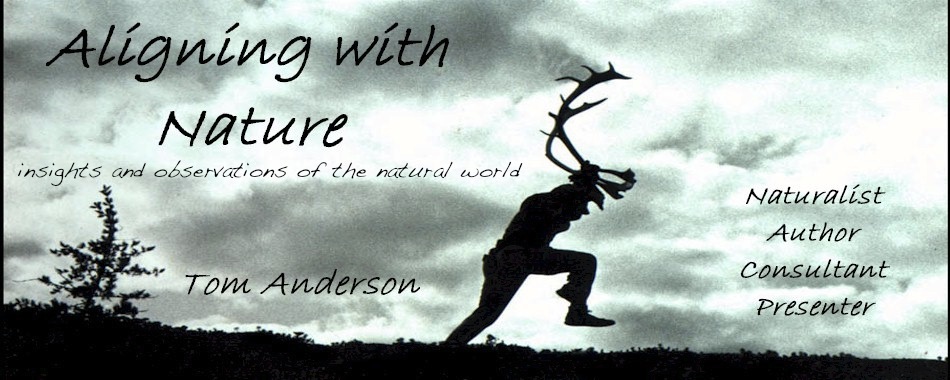Black Fly in my Eye

There’s a black fly in my eye.
As I trod the portage with a canoe on my shoulders, I muttered to no one but myself. The bubbling melody of a winter wren did little to lift my spirits. Rapid eye blinking was failing to remove the mired fly. Multitudes of the bloodseekers swarmed my face while I tried to concentrate on my footing.
A year ago, we paddled and portaged part of the 200-mile Voyageur’s Highway. Four of us, Nels, Duane, Kurt and I had been about 150 miles into the trip when Kurt’s artificial hip slipped out of its socket at the edge of Clove Lake on the Granite River. More than 12 hours later, he was canoed, flown and ambulanced out of the bush to Duluth where St. Mary medical staff successfully urged the union of ball and socket. (For more detail see last year’s blog entry.) http://www.aligningwithnature.com/wordpress/wp-admin/post.php?post=53335&action=edit
On the first day of June this year, we “Boyageurs” returned to Gunflint Lake to pick up where we had left off to complete the trip to Lake Superior.
The Minnesota-Ontario section of the Voyageur’s Highway was a portion of the route that would take the voyageurs from Lake Superior up to northern Saskatchewan, Alberta and beyond. However, they dreaded the 200-mile stretch that ran from Lake Superior to Rainy Lake because it involved many portages.
The evening before, we eased the canoes to shore at our last campsite at the head of the Pigeon River rapids known as the Cascades. Over 200 years ago, during the rich fur trade period, this was the western end of the historic eight and a half mile grand portage that ends at the shore of Lake Superior.

After downing a hearty pot of spaghetti, we all agreed that this year’s 50-mile leg was more physically demanding than the previous year’s 150 miles. Last year we had some headwinds to paddle into but the portages were not that difficult. This year, we relished the pushing westerly breezes but had to deal with longer portages that included a two-miler, a one-miler and another that approached three-quarters of a mile. Not to mention the final grand portage that faced us the following morning.
Now, with the sun just climbing into the clear morning sky, we hefted our packs and the two canoes and started the long portage. It was so cool we could see our breath and the temperature made the work of carrying loads more pleasant. As the day warmed the black flies were invigorated and seemed most urgent to find sanguinary sustenance.
To make matters more challenging, spring winds had toppled a number of trees over the portage so we continually found ourselves bushwhacking around the windfalls or pushing the canoes through a jungle gym of tree limbs. Duane, whom we dubbed “Ole the Saw Cutter,” would pull his sharp-edged tool from it belted scabbard and cut trails through windfalls where it was feasible. We heard numerous “Uff das!”
With unusually high water this year some of the portages were muddy and even flooded. More than once we paddled the last segment of a forested portage out on to the lake. And halfway through the two-mile portage we had to load the canoes with our packs and paddle 150 meters of a beaver pond that had inundated the portage trail.

We marveled at the efforts of the early voyageurs and their ability to carry two ninety-pound packs over the long portage. Most were from French Canadian farming backgrounds and in their teens or twenties.
I managed to blink away a tear that flushed the black fly hitchhiking in my eye. Through the morning, as we alternated carrying packs and canoes, I had time to think.
I pushed discomfort aside by reciting the famed Robert Service poem, “The Cremation of Sam McGee.”
“It wasn’t much fun.
But the only one to whimper was Sam McGee.”
I also tallied bird species by noting calls and songs. Away from the river’s edge, there were no northern waterthrushes singing. I heard the tinkling of the winter wren, numerous ovenbird stanzas and more.
I quieted the pain in my left shoulder by thinking how this lonely trail had once been a thoroughfare of commerce when thousands of voyageur footsteps hurried along.
Gratitude washed over me as I carried gear. On this day the interplay of good health, balance, strength and privilege played a role in my having the opportunity to be on this trail.
I pondered the good luck of paddling, portaging and camping with three dear, young-spirited friends (average age is 70 and a half) who eagerly help each other and find joy in wild places.
And of course I celebrated the fact that our lightweight Kevlar canoes had replaced the earlier aluminum and plastic boats of earlier paddling years. Even those boats would have been easier than a 300-pound birchbark North canoe used by the voyageurs. It felt ludicrous to grovel, snipe and whine about black flies, the warming day or the length of the trail.
A black-throated blue warbler sang nearby. As tempted as I was to seek it out for a look at this handsome songbird, I partnered with momentum and kept walking towards the distant big lake.
Not surprisingly my mindfulness was tested. And once more I growled from under the canoe, “There’s a black fly in my eye.”
Oh I am a lucky man.

